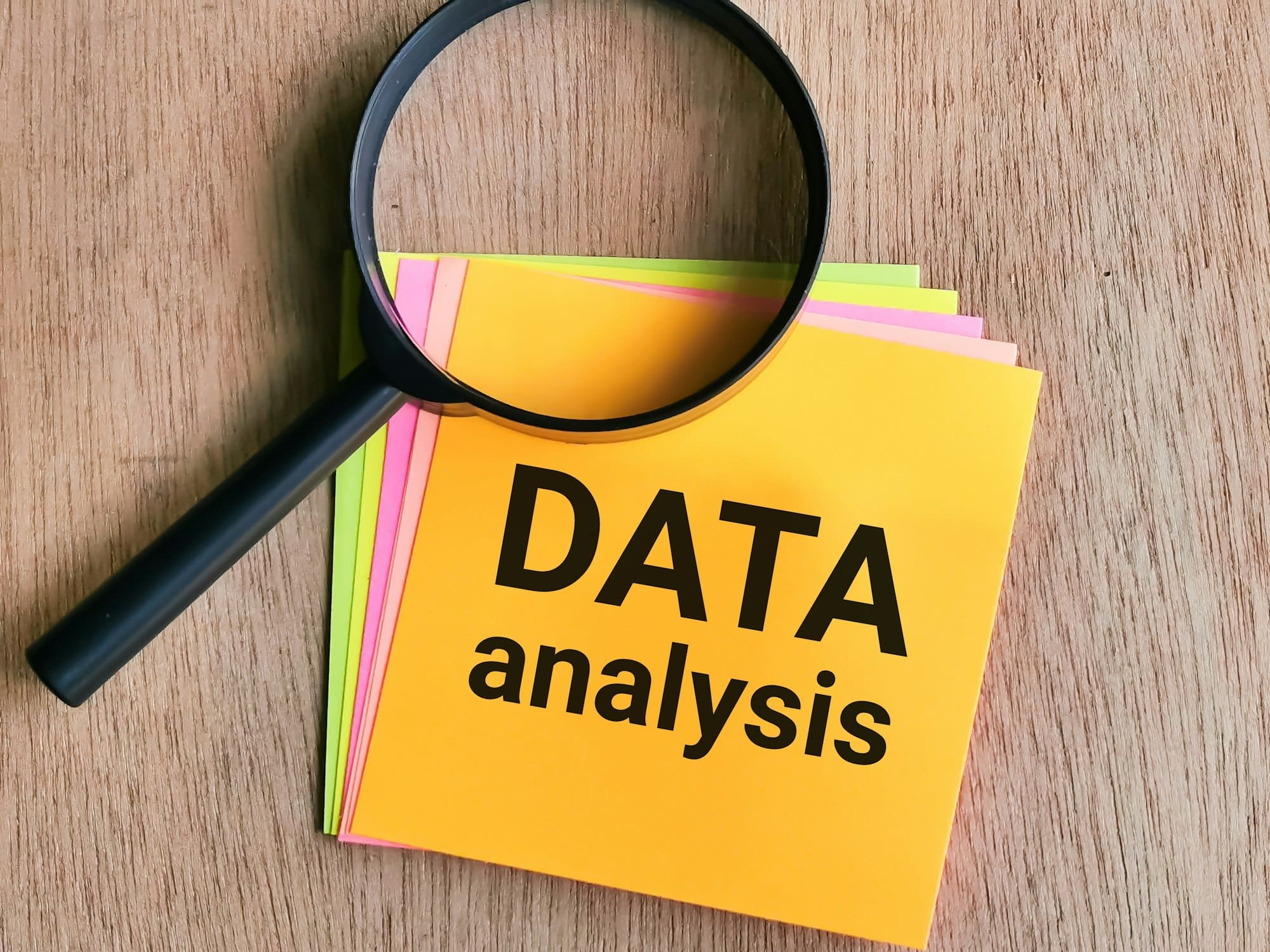Data analysis is critical for making informed business decisions, but it can be incredibly time-consuming when done manually. That’s where AI comes in. By automating the data analysis process, businesses can process large datasets quickly, identify trends, and make decisions faster than ever before. AI isn’t just a tool for speeding things up—it’s a game-changer for how companies gather insights and apply them to their operations.
One of the most important ways AI is transforming data analysis is through automation, allowing businesses to handle massive amounts of information with minimal manual intervention. Machine learning algorithms, for instance, can quickly process datasets that would take human analysts days or weeks to go through. These AI systems learn from the data, improving their ability to find patterns and make predictions over time.
For businesses, the ability to automate tasks like data cleansing, sorting, and even visualization can free up valuable time for team members to focus on strategy and innovation. Traditionally, analysts spend a significant amount of time cleaning data to ensure it’s accurate and ready for analysis. AI systems can automate this process by identifying and correcting inconsistencies, removing duplicates, and filling in missing data with minimal human oversight.
Once the data is cleaned, AI can also assist with advanced analytics, including predictive modeling. Predictive analytics powered by AI can analyze historical data to make forecasts about future trends, helping businesses anticipate market changes, customer behavior, and more. This ability is invaluable in industries such as retail, where companies use predictive analytics to forecast demand and adjust their inventory levels accordingly.
Another powerful application of AI in data analysis is anomaly detection. AI systems are particularly good at spotting outliers or deviations in data that might indicate a problem or an opportunity. In industries like finance, AI can automatically flag unusual transactions that might indicate fraud, while in manufacturing, it can detect inconsistencies in product quality before they become widespread issues. This proactive approach allows businesses to address problems before they escalate.
AI is also helping businesses make better use of unstructured data. Traditionally, structured data—such as spreadsheets or databases—has been the primary focus of data analysis. However, a large portion of the information businesses have at their disposal is unstructured, like emails, social media posts, or customer reviews. AI systems can process and analyze this unstructured data using natural language processing (NLP), identifying sentiment, key themes, or patterns that would be impossible to detect manually.
Another aspect where AI shines is in real-time data analysis. Businesses today are operating in an environment where things change rapidly, and decisions often need to be made in real time. AI systems can continuously analyze live data streams, providing real-time insights that allow businesses to adjust their strategies on the fly. For instance, in the world of digital marketing, AI can monitor real-time data from social media and website interactions, allowing marketers to adjust ad campaigns based on current customer engagement levels.
Moreover, AI tools are making data visualization more accessible to non-experts. While data visualization has traditionally required skilled data scientists, AI-powered platforms now allow even those without technical backgrounds to create complex charts, graphs, and reports. These tools use AI to automatically generate the most appropriate visualizations based on the data, making it easier for all team members to interpret insights and apply them to their decision-making.
AI also improves collaboration between teams when it comes to data analysis. With the rise of AI-powered collaborative tools, multiple departments can access the same data insights in real time, ensuring that marketing, sales, finance, and other business units are all aligned on the same goals. These tools facilitate the sharing of insights across departments, breaking down silos and ensuring that everyone is working with the same data-driven strategies.
One of the lesser-known applications of AI in data analysis is its ability to optimize data collection itself. AI can be used to ensure that the data being collected is not only accurate but also relevant. For instance, AI algorithms can identify which data points are most important for a particular analysis, allowing businesses to focus their efforts on collecting high-value data while discarding unnecessary information.
As AI continues to evolve, it will undoubtedly unlock even more advanced data analysis capabilities. What’s exciting is that businesses of all sizes can now leverage AI to enhance their data-driven decision-making, whether they’re analyzing customer feedback or making investment decisions.
Amazing Tip/Trick:
To get the most out of AI in data analysis, make sure you’re training your models with diverse and high-quality datasets. AI is only as good as the data it learns from—using a variety of sources ensures that your AI can make well-rounded predictions and uncover insights that might otherwise be missed.


Leave a Reply